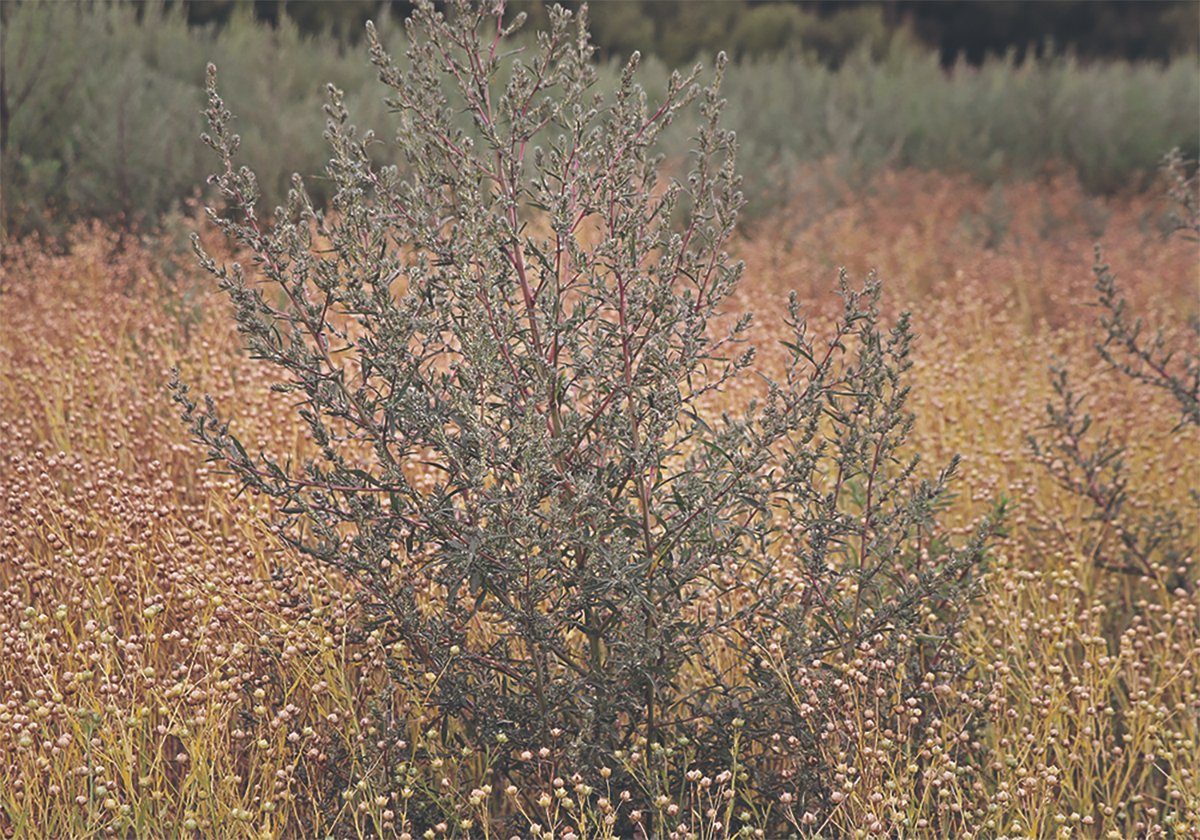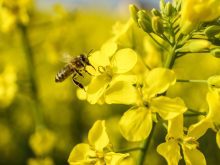Buying toys? What to know
Need to buy a toy, but unsure if the advertised toys are worth the money?
The Canadian Toy Testing Council Toy Report can provide some answers. Since 1952, the council has been helping to guide parents in sound toy purchases. Every fall, it publishes the results of its year-round toy evaluations in the Toy Report, which provides descriptive, analytical comments on all the toys tested.
The 1999 Toy Report has a new
color format, pictures of some toys and lists over 550 new toys for 1999. For information on classic toys that are still on the shelf, the 1998 report has information on over 1,700 items.
Read Also

Kochia has become a significant problem for Prairie farmers
As you travel through southern Saskatchewan and Alberta, particularly in areas challenged by dry growing conditions, the magnitude of the kochia problem is easy to see.
Each listing includes the name of the toy and its manufacturer, model number, price range and rating (one star, two stars, three stars, novelty or not recommended.)
The council also provides a recommended age range that may be more realistic than the manufacturer’s suggestion. The commentary explains the principle strengths and weaknesses of the toy to help consumers identify its play value.
The council’s highest recommendation is three stars, awarded to toys distinguished by excellence in design, function, durability and play value. From all the toys tested that earn the top rating each year, the council selects the top toys of the year.
Each year the council recognizes a manufacturer that has consistently developed and produced three-star toys. The 1999 award went to K’NEX Industries for its building construction sets, and to Knowledge Adventure for its Jumpstart series of children’s software. Past winners are Crayola, Playmobile, Klutz and LEGO products.
Any toy manufacturer whose product receives an award of excellence or a three-star rating is invited to display a special seal on that toy’s packaging. Consumers are encouraged to look for these stickers when considering a toy purchase.
More than 1,000 children, ages three months to 16 years, test toys for the council each year. They test toys in their own homes for six to 12 weeks. Home testers treat the toys as if they were their own. No special measures are taken to encourage the children’s attention or to prevent normal wear and tear.
Changes I particularly liked in this year’s report are the safety tips, fun toy trivia and commentaries on toy play value that are scattered throughout the book. The council wants its year 2000 edition to have pictures of every toy.
Play is a form of learning that not only stimulates a child’s imagination and provides excitement, but teaches social skills such as co-operation and self-control. Parents and caregivers should encourage children to play with a wide range of toys.
When choosing toys, consider the child’s preferences, personality and special skills.
Most libraries carry the Toy Report and you can buy it at many newsstands.
The toy council is a nonprofit organization that receives no funding from government or toy manufacturers. Membership, sale of the report and volunteer fund-raising are its only source of funding. Council members receive a semi-annual newsletter and a copy of the Toy Report. You can contact the council at its website, www.toy-testing.org or write: Canadian Toy Testing Council, 22 Hamilton Ave. N, Ottawa, Ont. K1Y 1B6.
Planning for Christmas
Do you want to have a more joyful, less stressful, and more value-centred Christmas celebration this year?
We have been involved in some Christmas planning workshops called Unplug the Christmas Machine, based on the book of the same name.
The first exercise is to do an inventory, reflecting on past celebrations. By assessing how you’ve celebrated Christmas in the past, you gain a better sense of what you like and don’t like about your current practices.
The inventory examines nine important aspects of the holiday – preparations, family and friends, finances, traditions, spirituality, gift giving, physical and emotional health, children and charity.
For each of these areas, list what is included in your celebration, who does the preparation and planning, how you feel about each activity and those with whom you do the activity.
For the second exercise rank these 10 common Christmas values. Use only one number for each, with 1 one being the highest value. Christmas is a time to:
__ Be a peacemaker, in my family and in the world at large.
__ Spend enjoyable time with my immediate family.
__ Reunite with my relatives.
__ Celebrate the birth of Christ.
__ Create a festive, beautiful home environment.
__ Show my love and generosity through gifts.
__ Remember the poor, lonely and needy.
__ Be active in my church community.
__ Celebrate with friends.
__ Relax and be renewed.
To create a new vision and to gain insight into the changes you want to make, fantasize an ideal holiday. Trapped in a mire of habits and obligations, few people take the time to dream about how deeply satisfying the celebration can be. The fantasy can include anyone, any location and any activity you feel is important to celebrate Christmas.
Write out a plan that helps combine traditions and practices that have worked in the past with what you would like from your fantasy and values. By defining specific goals and objectives that include a time and activity to be done, you can create a valuable guide for a more loving, spiritual Christmas celebration.
In the workshop there is group discussion following each exercise that provides an exchange of ideas. If you do this with your family, encourage them to discuss their ideas and feelings.
The book Unplug the Christmas Machine by Jo Robinson and Jean Coppock Staeheli, is available from Coles Notes.
Indiana cake found
Dear TEAM: In a recent issue of The Western Producer you were requesting a recipe for Indiana Picnic Cake. Thanks to e-mail, my friend Martha Tyson of Noblesville, Indiana sent me the following recipe. Hope it is the one you were asking for. – I.W., Rivercourse, Alta.
Indiana picnic cake
1Ú2 cup margarine 125 mL
2 cups brown 500 mL
sugar
2 cups flour, 500 mL
sifted
1 egg 1
1 cup buttermilk 250 mL
1 teaspoon baking 5 mL
soda
1Ú2 teaspoon salt 2 mL
1 teaspoon vanilla 5 mL
Mix margarine, brown sugar and sifted flour until crumbly. Set aside one cup (250 mL) of the mixture. To the remaining amount, add the rest of the ingredients. Mix well. Put in a 9 x 13 inch (22 x 33 cm ) greased and floured pan and sprinkle reserved crumbs on top. Bake at 350 F (180 C) for 30-40 minutes. Cake does not need icing.
















